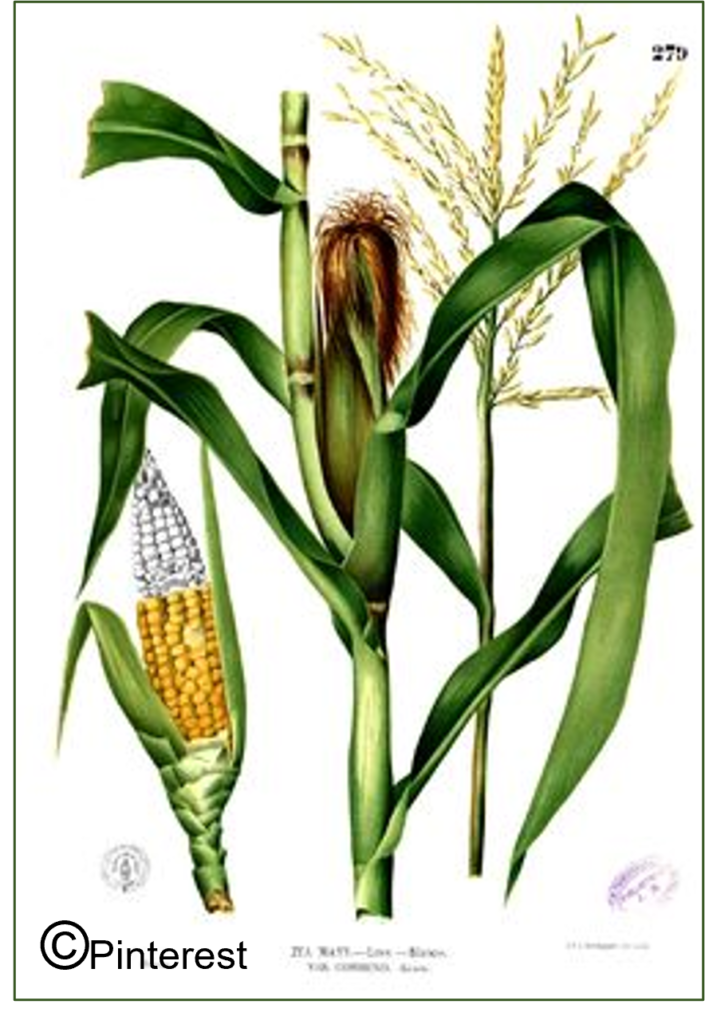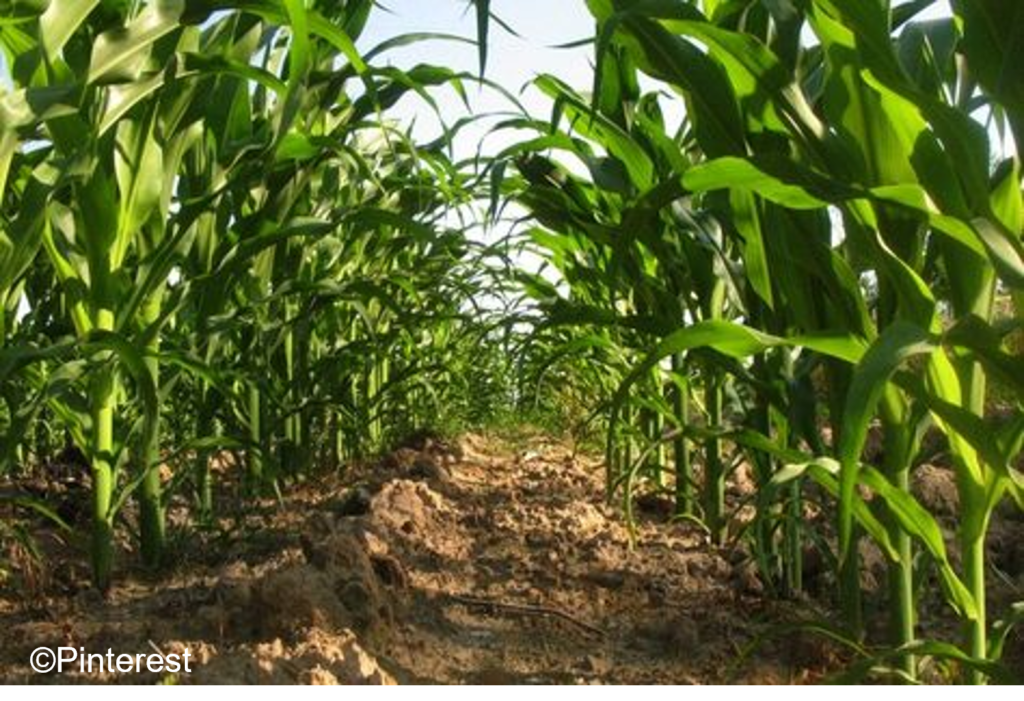
Zea mays (Poaceae) is a graminaceous plant which represents the largest crop area in the world, for animal and human food and industrial products. Originating from central America, it was introduced and cultivated in France from the 16th century. Large genetic diversity and characterization of correlated traits have allowed the creation of hybrids, doubling traditional yields: https://www.semencemag.fr/histoire-mais.html

In France maize covers a mean of 9% of cultivated land area, with geographical variations. Twelve millions of tons were produced in 2019, gathering grain, forage, sweet and seed productions.
Maize plants are susceptible to cold and sowing is usually done early May in France. Dry grain is cropped in October. Maize is vulnerable to fungal, bacterial and viral deseases, and to animal predation (mammals, birds, insects). Insect pests represent 16% of yield loss due to phytosanitory problems world wide (Oerke, 2006).
